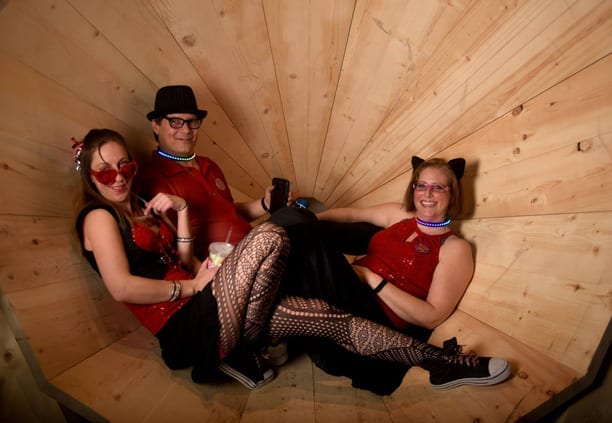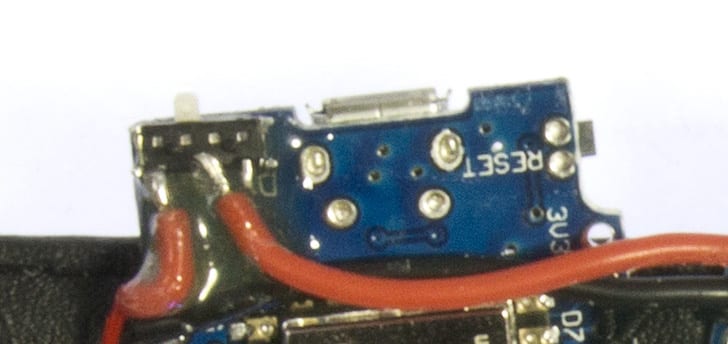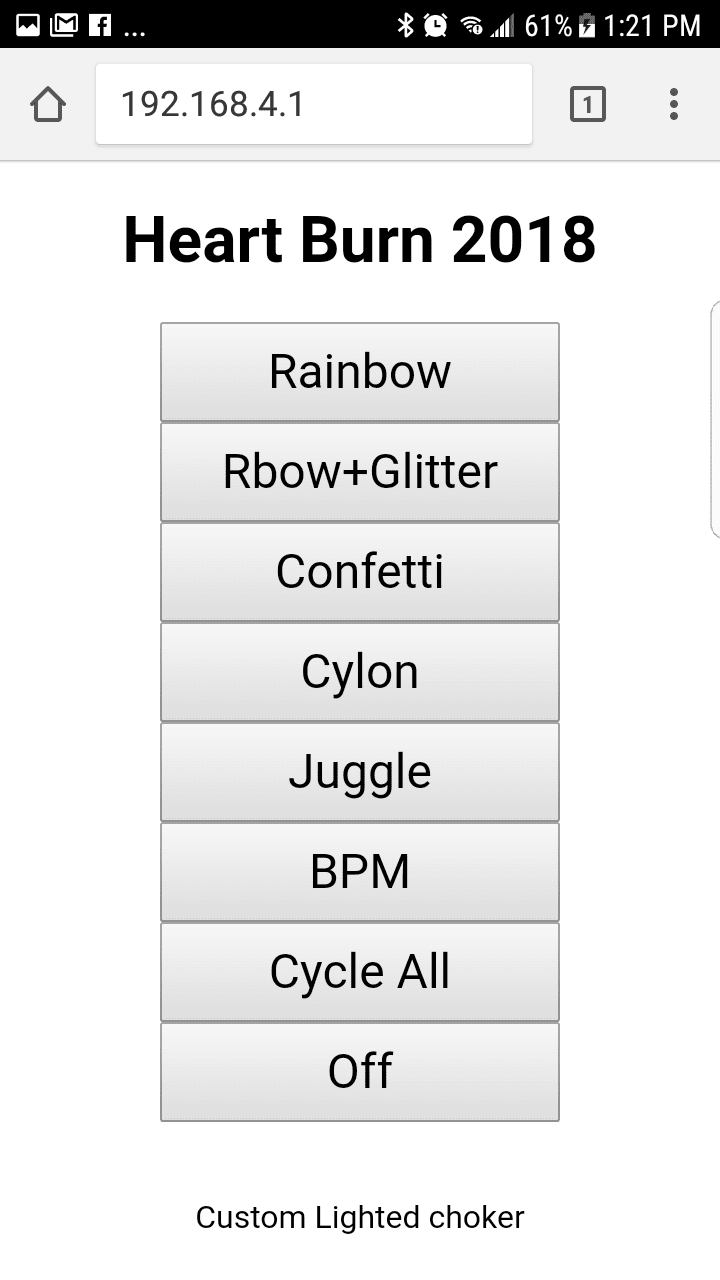The America Solar Challenge finishes here in Calgary tomorrow (July 27) betweein 11 and 3:30pm! The teams are coming up over McKnight Blvd., which isn't far from our offices. We'll be out watching them go by for a few hours tomorrow, so if the phones don't get answered for a bit, you'll know why. Go […]

Project: APA102-2020 MicroNova Custom LE...
I created this choker as a project to demonstrate the new MicroNova APA102-2020 LED strips. 
Photo by Yeti, edited by Batgirl
These addressable LEDs are extremely small, less than 1/4 the size of a standard 5050 LED.
This project was built using engineering sample standard MicroNova 99 LED / meter strips . The MicroNova strips we are selling have 198/meter - twice the density!
Reason for a Choker necklace:
Hats have been done, shoes have been done, pendants have been done.
This is something new for a Valentine’s dance costume, so I decided to go with a choker design. I also wanted something that was interactive, something that would add another layer of WOW to just lighting.
Build:
I used a Wemos D1 Mini development board along with a boost-converting battery shield for the Wemos D1.

The battery shield was a particularly good choice here because the MicroNova LEDs should be supplied a solid 5VDC. This board boosts the battery voltage to 5V, and then the Wemos D1 Mini bucks it down to 3V3 for it's own operation.
A mini SPDT Slide switch toggles the power from the battery shield to the D1. This allows charging the battery using the battery shield USB connector while not powering the D1.

Epoxy locks the switch and wires in place.
The battery used is a conveniently handy older 450mAh Lithium Polymer. Depending on the lighting mode, this battery can power the necklace for a couple of hours.
I used elastic thread to attach the LED strip and components to the necklace. A heavy duty needle was all that was needed to punch through the (imitation) leather belt. Because the thread was elastic and tied under tension, it held the MicroNova strip well in place.
Operation:
 When the choker powers up, it creates a WiFi Access Point called "HeartBurnChoker1".
When the choker powers up, it creates a WiFi Access Point called "HeartBurnChoker1".
 Once I connected to this WiFi, I opened a browser and went to 192.168.4.1. The control interface is simple, but effective. The D1 Mini has more than ample power and speed to effectively drive these LEDs. The MicroNova features separate clock & data lines, so even relatively slow I/O (like Raspberry Pi) can still make it work.
Once I connected to this WiFi, I opened a browser and went to 192.168.4.1. The control interface is simple, but effective. The D1 Mini has more than ample power and speed to effectively drive these LEDs. The MicroNova features separate clock & data lines, so even relatively slow I/O (like Raspberry Pi) can still make it work.


MORE POSTS
For far too long we've toiled under the merciless grip of the Gear Motor. But no more! For behold, there appears a trio of defiant servos to overthrow the tyrannical rule! *cough* But seriously forks, we have three new units available from Grand-Wing Servo. The 22140 GWS Modified Servo is a useful continuous rotation, full-sized unit. […]
So we came in to somewhat unfortunate news today, that Canada Post has officially locked out their workers and brought mail to a grinding halt in Canada. 'How does this affect me?' I hear you say. Well thankfully none of the other services we offer have been affected, and we're currently evaluating our options with […]
Boy, there's work to do on new websites. Link checking, spell checking, image links - all sorts of crap that doesn't have anything to do directly with robots! Even so, we've been able to put up a few new images of Mark Tilden's "Projectorbots" on the Photovores page. Yuck. Must do something about how hard […]
Solarbotics, Ltd. is not responsible for misprints or errors on product prices or information. For more information, please see our Terms and Conditions.
Warning: This product contains chemicals known to the State of California to cause cancer and birth defects or other reproductive harm.
Please visit www.P65Warnings.ca.gov for more information. This item was manufactured prior to August 31, 2018.

